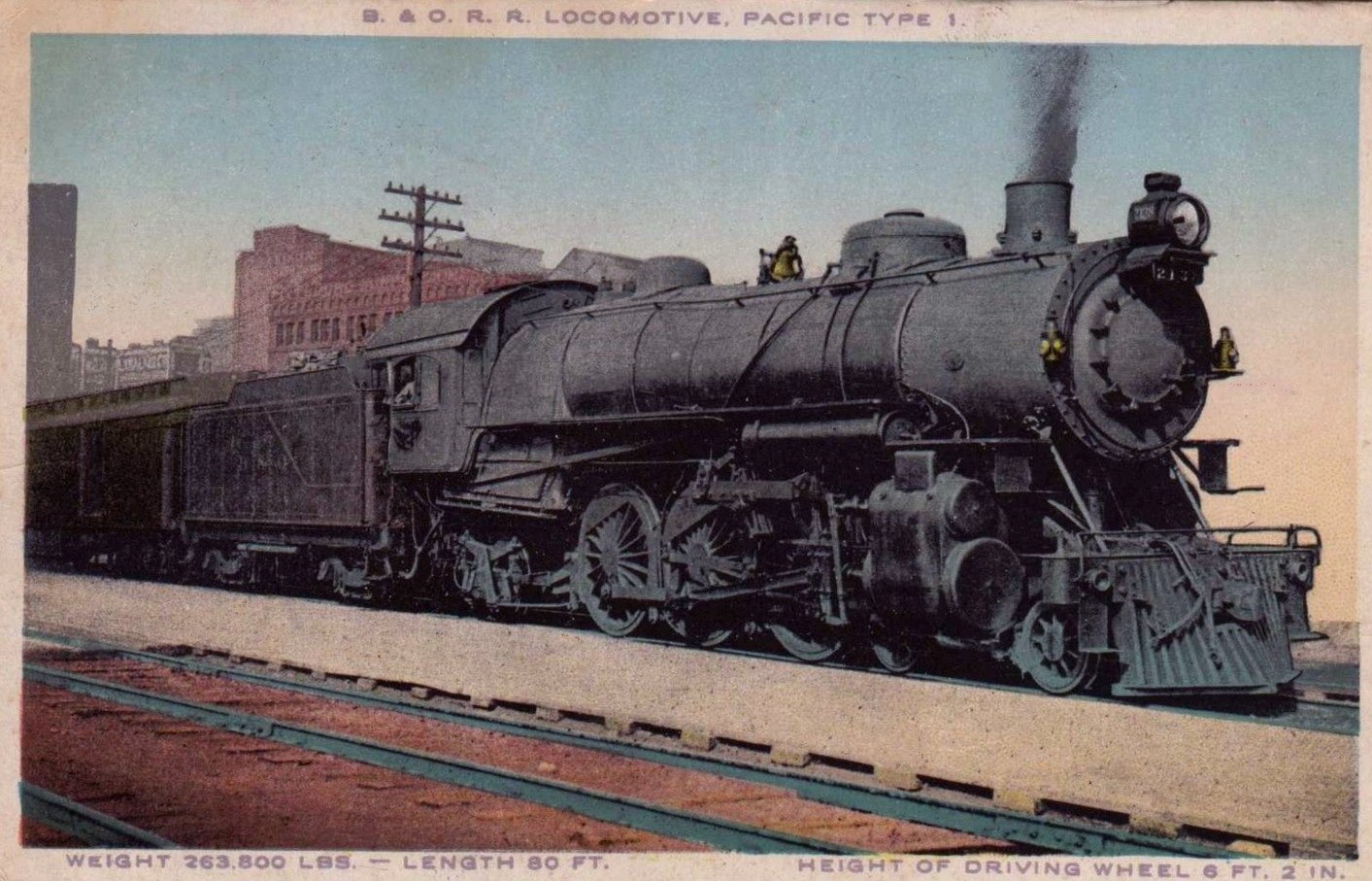Trains Were the First Internet…and Why it Matters
RESOURCE LIBRARY

While “kids these days” can’t even fathom it, most of us remember a time before the Internet. When we relied on Rolodexes and library catalogs to get our information and to keep in touch. But long ago, there was a time when even those “technologies” seemed unimaginable and the railroad system was the Tesla, Apple, and Amazon of the time – all rolled into one.
Trains have been on my mind quite a bit lately. I recently had the pleasure of placing Kris Hoellen as the new executive director of the Baltimore & Ohio Railroad Museum – and my view on rail travel and history has drastically changed. While the Baltimore-based museum is filled with old-time trains and nostalgia, I realized that these steel behemoths were once the biggest, baddest emerging tech of their time.
Think about it: In the 19th century, people only knew as far as trains could take them. No YouTube, no Travel Channel, no Virtual Reality. The Wild West was wild because it was truly unknown. The same can be said for the Internet today; its vast reach is our only limit to information. The more that is uploaded, the more we can know. Just like the farther the railroad extended, the more our ancestors knew of the world, both from personal experience and by way of the information veins opened up through rail. The explosion of railroad infrastructure similarly maps to the explosion of our connected digital age…except the speed of adoption for internet is mind-boggling by comparison.
For rail travel between 1830 and 1840, the total length of completed railroad lines increased from 23 to 2,808 miles. By 1880, every state and territory in the US at that time had access to railway transportation.

It can also be argued that the Internet is an extension of the railroad. Trains – or the access to them – changed the way the people of the 19th century viewed the world. The railroad expanded their horizons, made them aware of new places and the people who lived there. The same can be said of the Internet. This is evident in the fact that anyone with an Internet connection can not only find any fact that’s “out there,” they can also connect with people from the other side of the world and can even view places that would otherwise be unreachable for them.
In the new arms race of information, take a moment to think about how far our access to information has come – and how far we have yet go. And remember…the modern age of trains is only about 150 years old. Where will we go from here?
Sources:
• Maps Showing the Progressive Development of U.S. Railroads – 1830 to 1950, Central Pacific Railroad Photographic History Museum
• Header graphic [Public domain], via Wikimedia Commons. https://upload.wikimedia.org/wikipedia/commons/8/85/Baltimore_%26_Ohio_4-6-2_locomotive_1915.jpg
